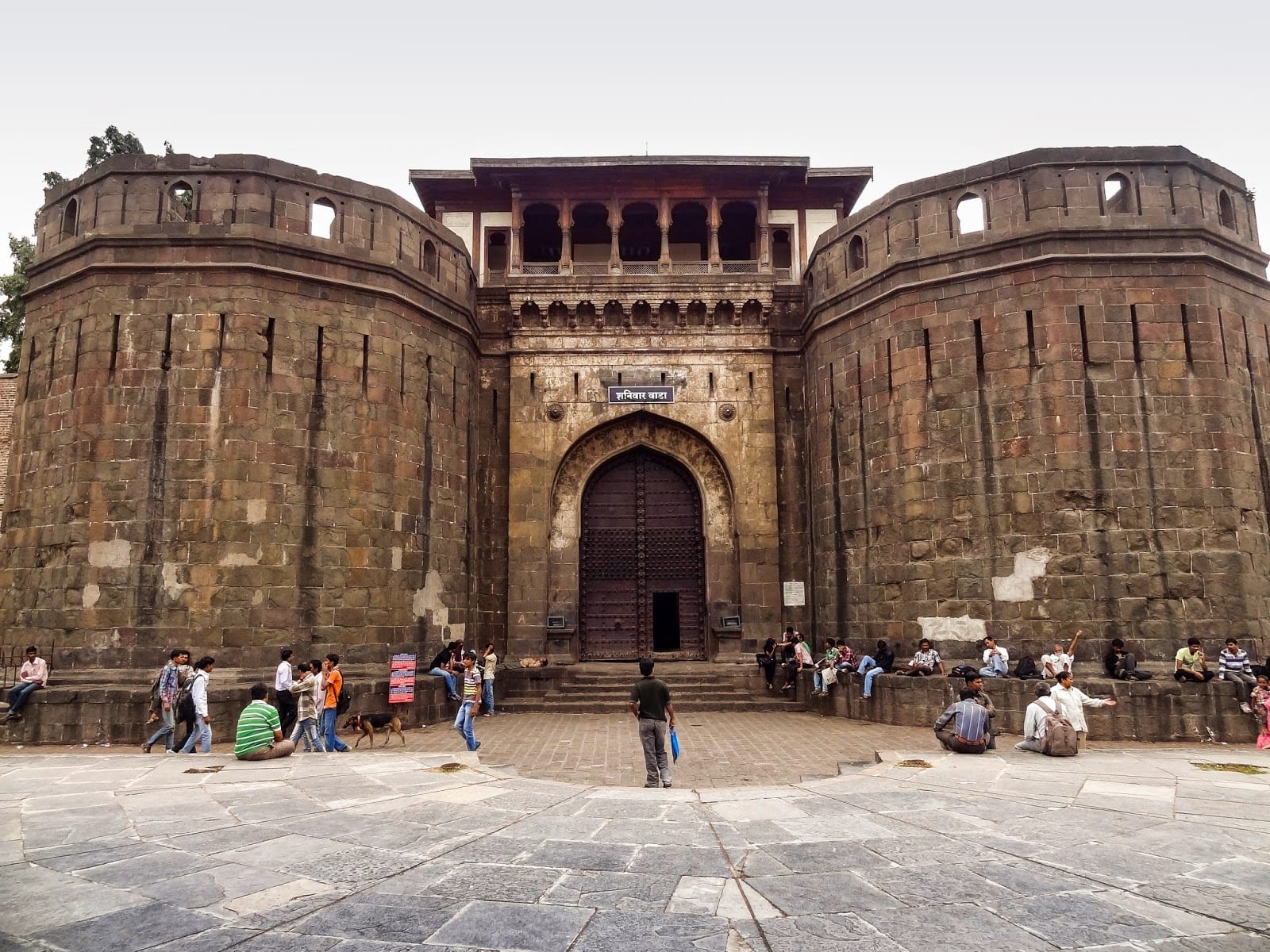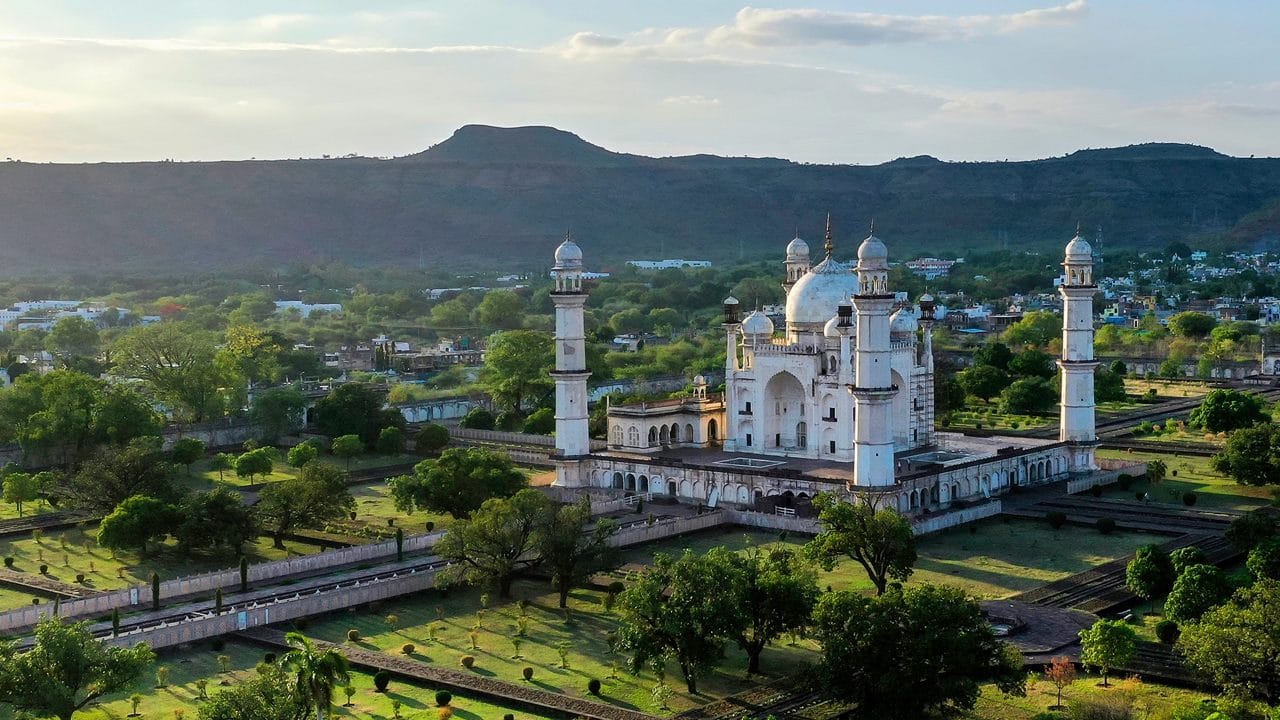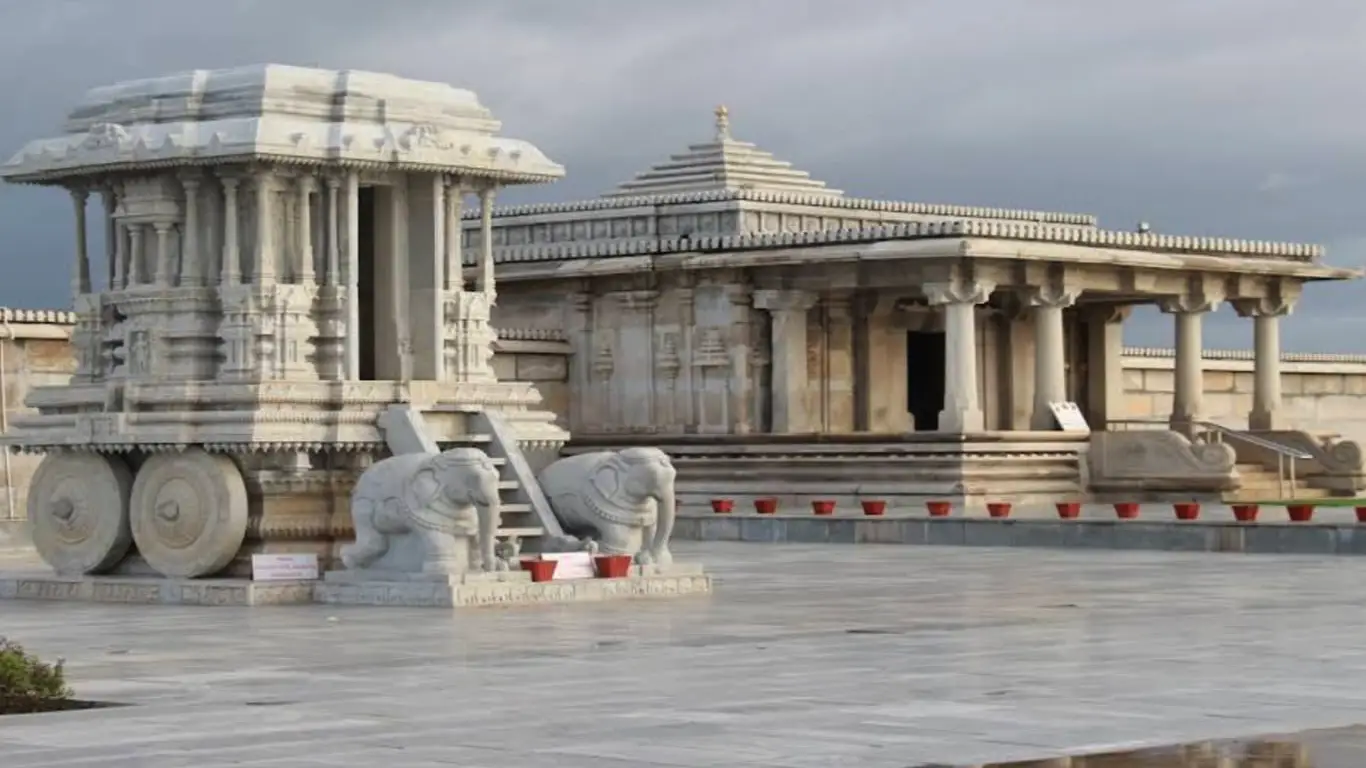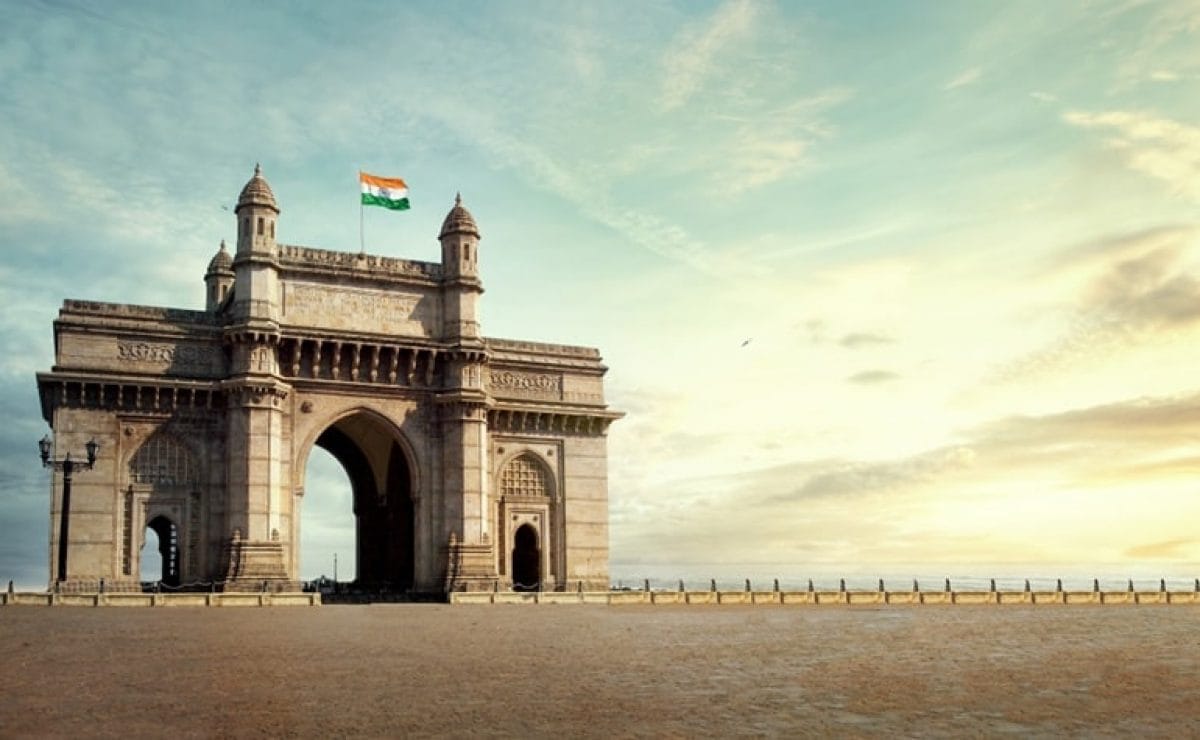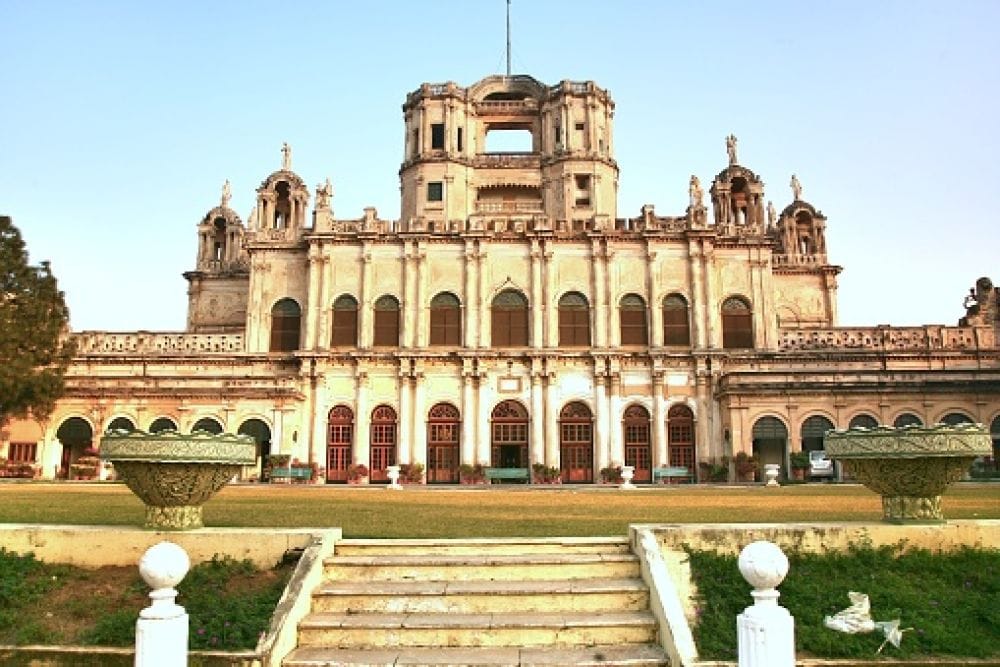
Constantia House, also known as La Martinière College, is one of Lucknow’s most iconic and historic buildings. Built in the late 18th century, it stands as an impressive blend of architectural styles, including European influences, Gothic elements, and neoclassical touches. Its majestic presence is situated on a sprawling estate and surrounded by lush gardens that enhance its old-world charm. Constantia House is not only a landmark in the city but also a cultural and historical treasure, reflecting a unique legacy rooted in the city’s colonial past.
Historical Background
Constructed by Major General Claude Martin, a French soldier who served in the British East India Company, Constantia House is both his final resting place and an architectural masterpiece. Martin, who had amassed considerable wealth during his service, envisioned a grand mansion for himself that would reflect both his opulence and his European heritage. Upon his death in 1800, the mansion was converted into a school, fulfilling his wishes, and later became La Martinière College. The college opened its doors in 1845, making it one of the oldest institutions in India and the only school in the world established by a will.
Architectural Highlights
Constantia House’s design is an eclectic fusion that combines Gothic, baroque, and neoclassical elements. It features towering columns, intricate stucco work, and statues of lions and other creatures. The central dome is particularly noteworthy, with a combination of eastern and western influences. The mansion also houses secret passages, dungeons, and a chapel, adding to its mystique. Its overall layout, with expansive courtyards and open corridors, is designed to create a sense of grandeur and openness.
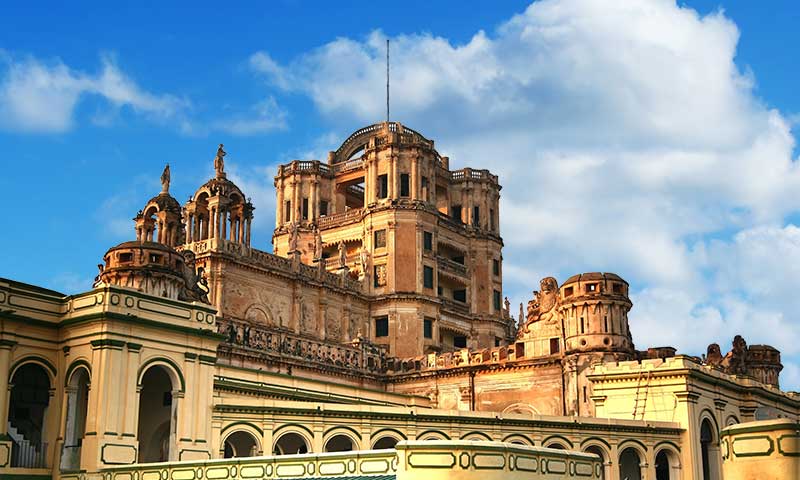
Key Architectural Highlights:
- Central Dome: A focal point of the structure, adding height and grandeur.
- Ornate Stucco Work: Beautifully carved facades with decorative elements.
- Symmetrical Façade: A classic example of European architectural design.
- Mughal and Gothic Influences: Reflecting the cultural amalgamation of Lucknow.
Key Features
- Claude Martin’s Tomb: At the heart of Constantia House lies the tomb of its founder, Claude Martin, making it one of the only schools in the world where a founder’s mausoleum is on campus grounds.
- Unique Blend of Styles: The house displays European architectural styles blended with Indian artistry, which is rare for structures of its time.
- Well-Preserved Heritage: Despite being centuries old, the building has been meticulously maintained and preserved, serving as an educational institution and a historical monument.
- Legendary Tales: Constantia House is associated with many local legends, including ghost stories and tales of buried treasures, adding to its allure.
Legends and Myths
The history of Constantia House is steeped in myths and legends. One popular story claims that Claude Martin’s ghost still haunts the building, adding an air of mystery. Whether true or not, the stories contribute to the intrigue surrounding the building and attract history enthusiasts and paranormal investigators alike.
Constantia House and La Martinière College Today
Today, Constantia House continues to be an integral part of La Martinière College, serving as both an administrative building and a historical site. The building is carefully maintained, preserving its grandeur and historical authenticity. The campus surrounding Constantia House is beautifully landscaped, with gardens that serve as a serene environment for students and visitors alike. Annual events and celebrations within the college add life to the historic structure, making it a dynamic part of modern Lucknow.
Visiting Constantia House
Today, Constantia House is open for visitors who wish to explore its architectural beauty and delve into its fascinating history. The surrounding gardens and well-preserved interiors make it an attractive destination for history enthusiasts and tourists alike. Guided tours often provide insights into the life of Claude Martin and the architectural significance of the mansion, making it a memorable experience for visitors to Lucknow.
Constantia House in Lucknow is not just a building; it is a testament to the cultural synthesis that defines India’s colonial history, symbolizing both education and heritage.


